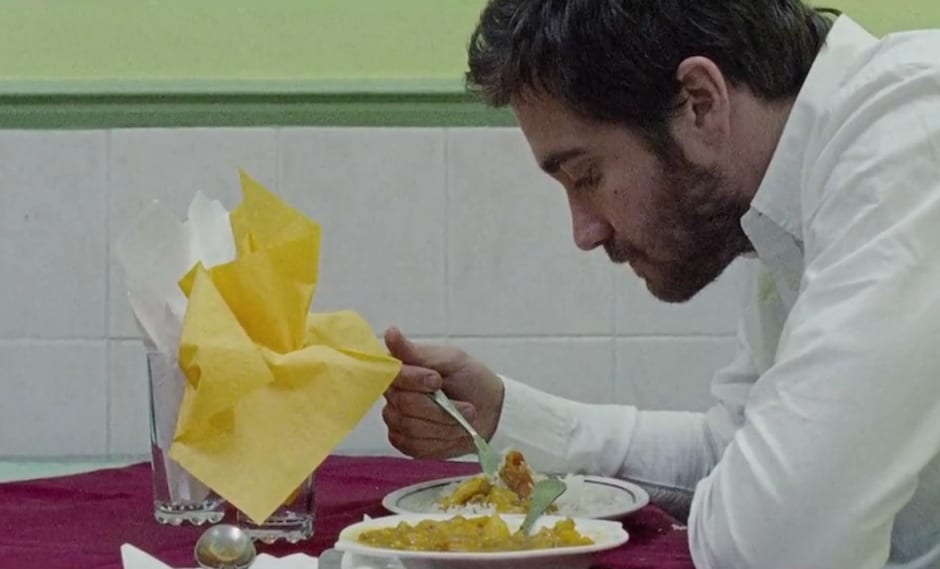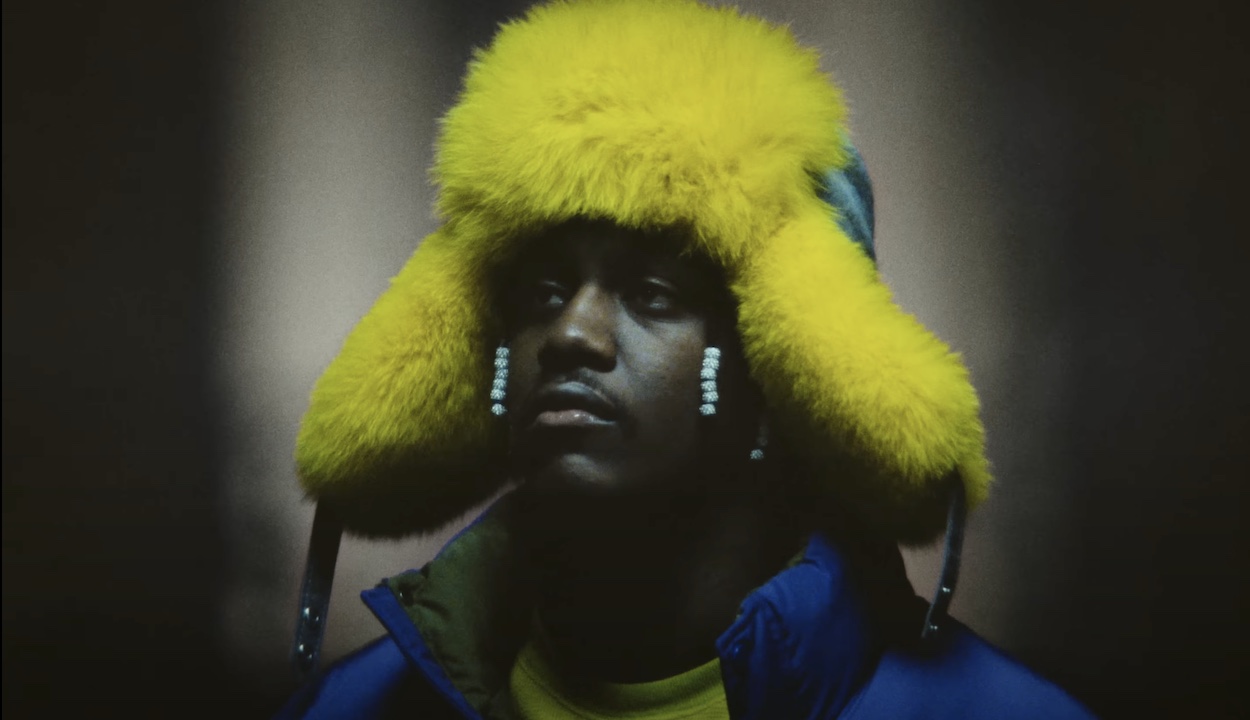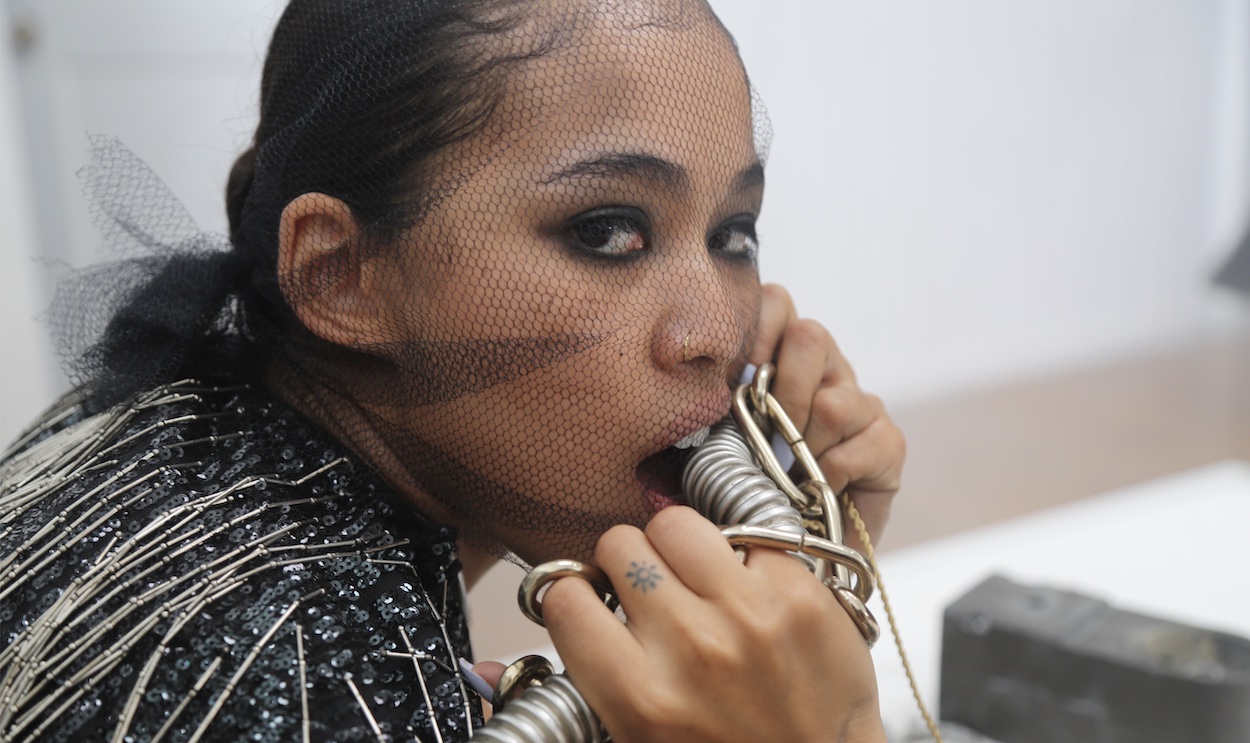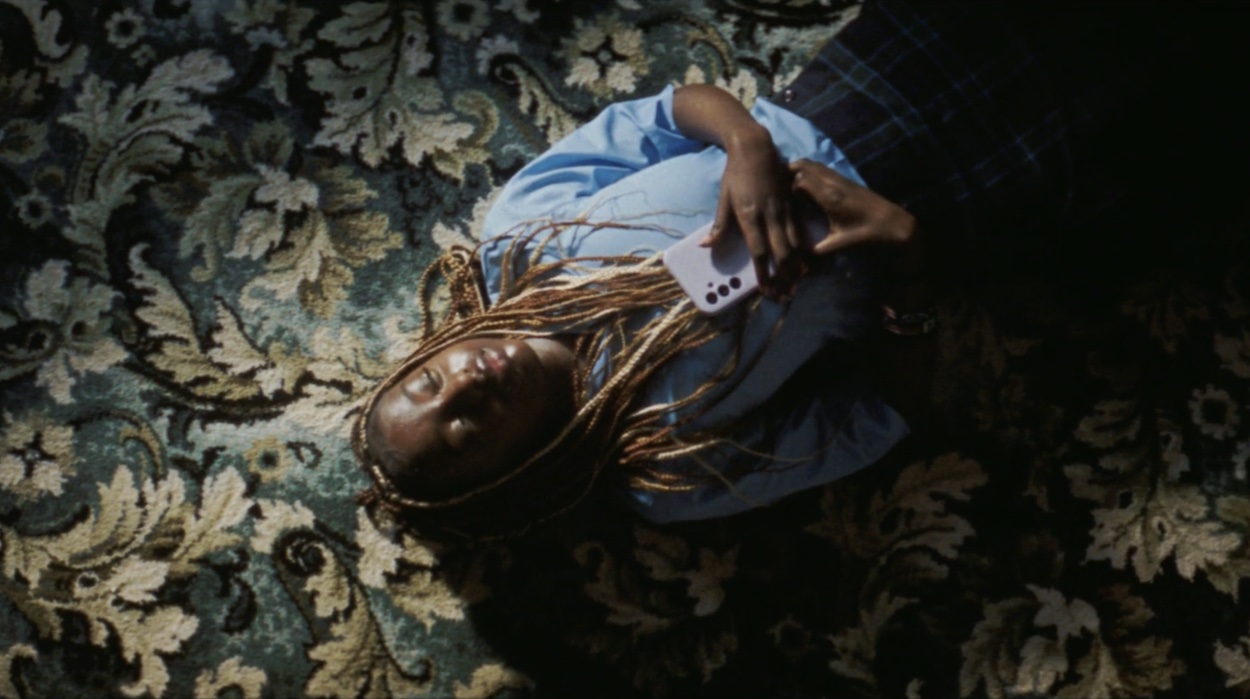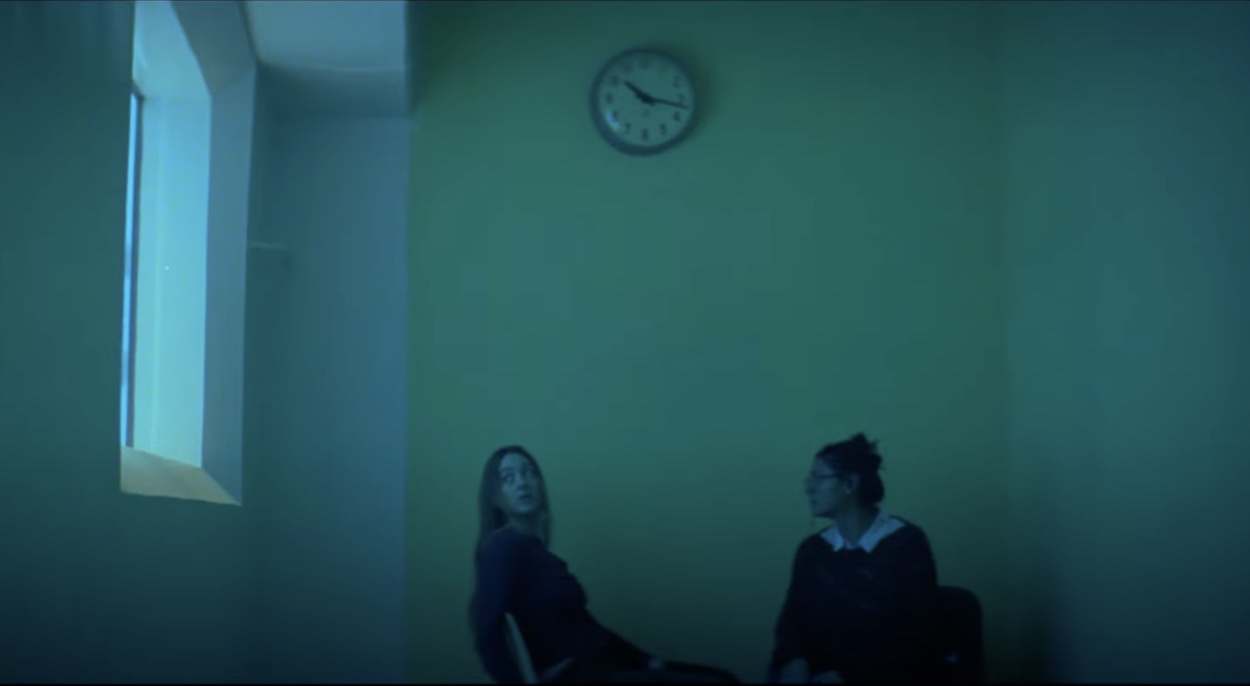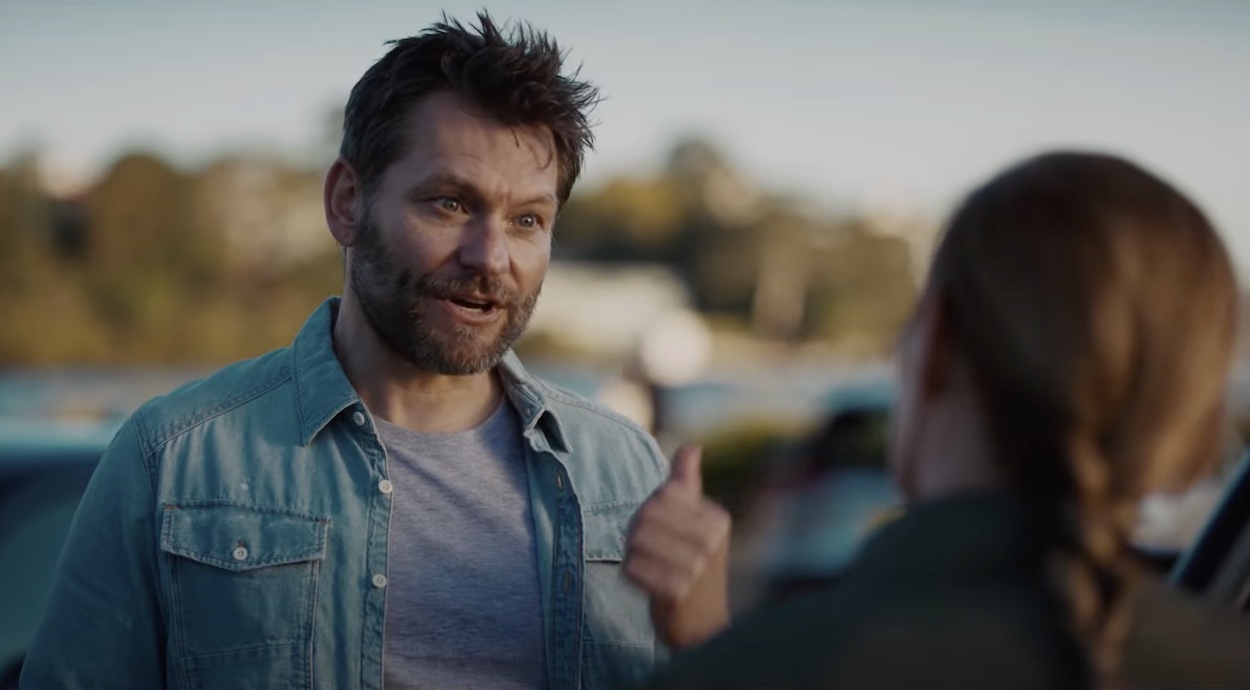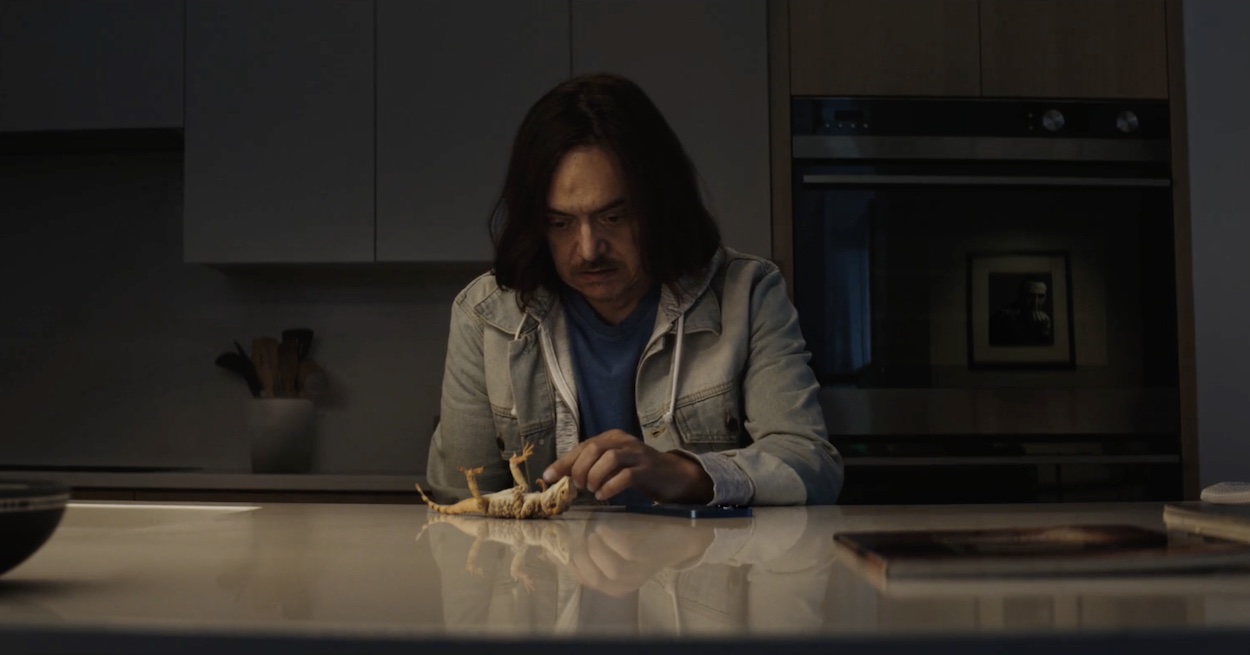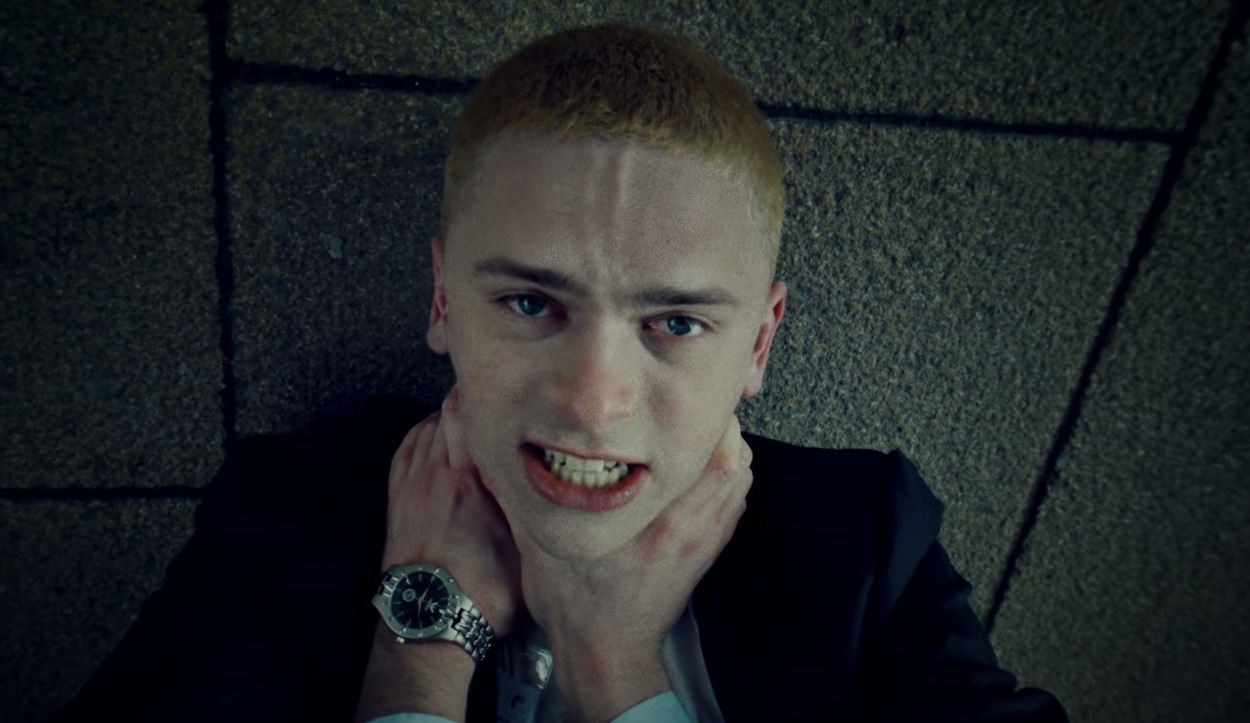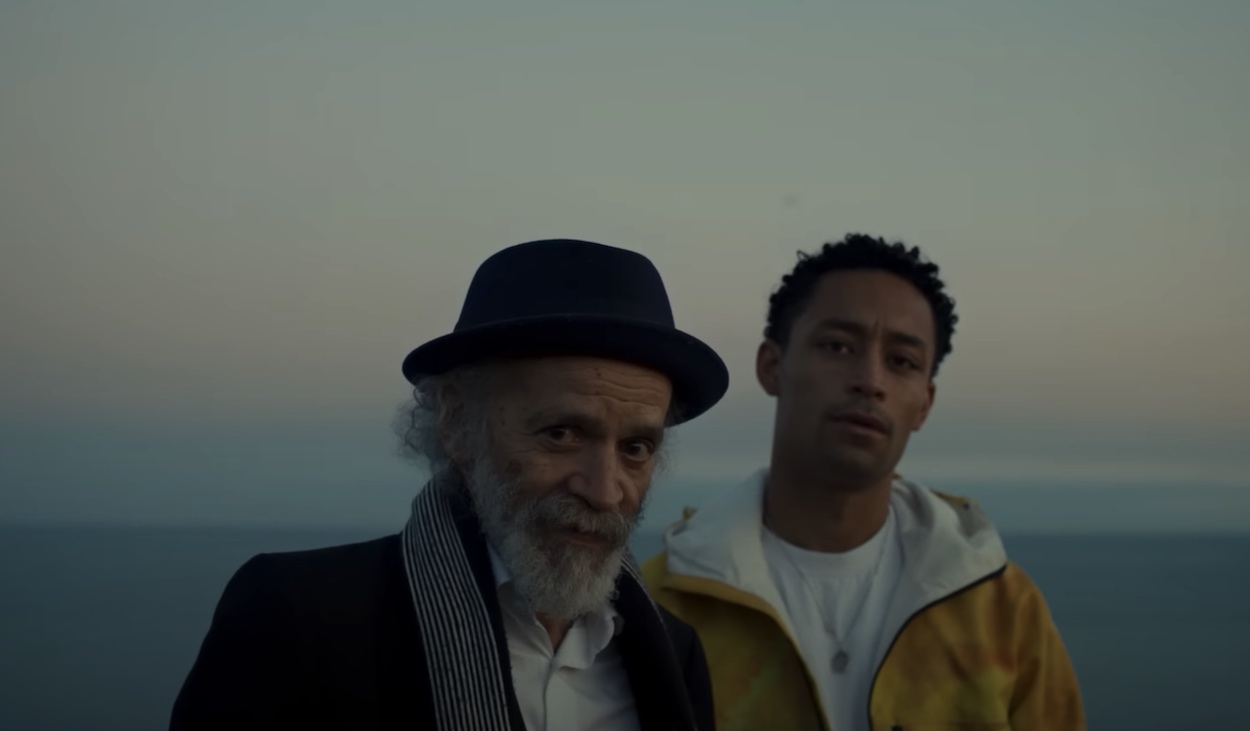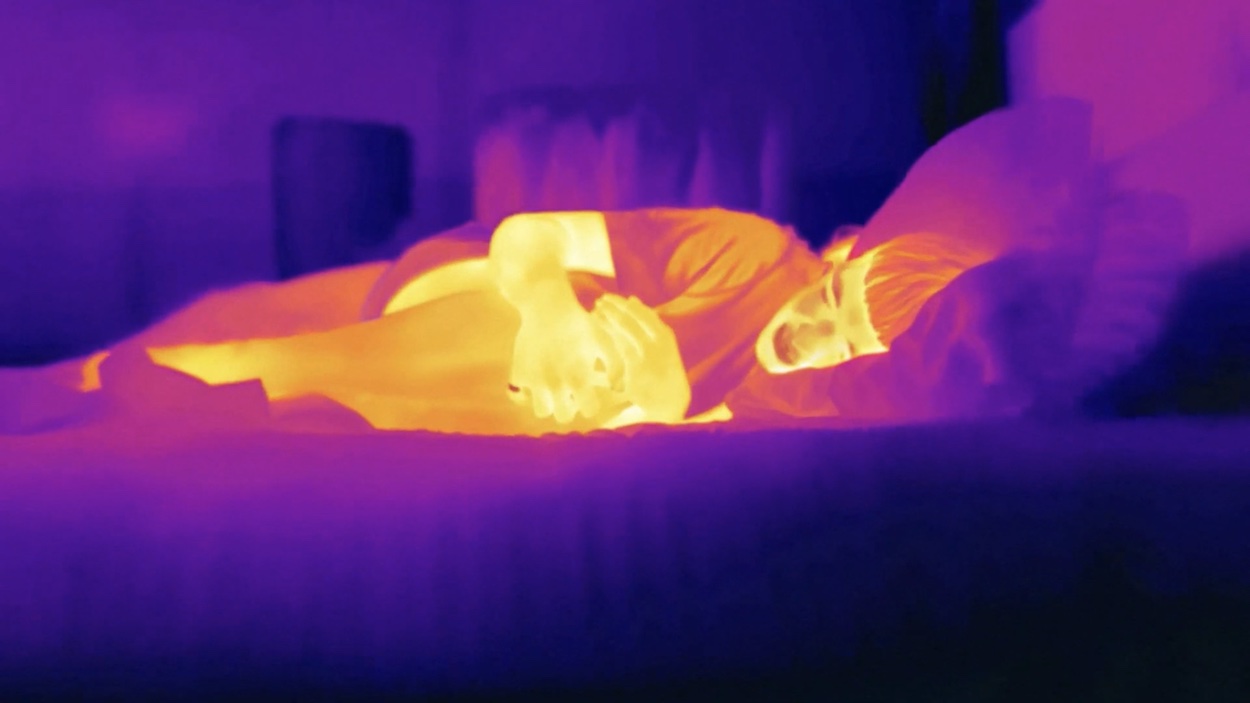Jake Gyllenhaal stalks the streets of Dalston visiting slashed throats upon the hipsters – Daniel Wolfe’s music video for the Shoes’ Time to Dance is a disturbing exercise in wish fulfilment. We caught up with Wolfe to uncover the dark Id beneath this compellingly disconcerting promo.
What was it about the track that conjured up such violent images and such a dark, psychological story for you?
I’d listened to the track a lot because it was on the album – so I’d gone through various ideas to get to the final one. Usually with a music video you get sent a track and you’re required to write a treatment within a few days, so the first idea you have is often the one you write up. My brother and I were in Dalston, we’d not been there for a long time, and we started chatting about a slasher idea set there. Someone sorting the hipsters out. Hipsters look like kids from American 80s college movies and they always hang in cliques like that, the ‘in crowd’ – so it seemed to work for them to be in a slasher video. We walked into King’s Gym imagining a steadicam shot through the corridor into the weights room. As we stepped into the weights room there was a dance remix of ‘(I Just) Died In Your Arms Tonight’ playing. We pictured the same imagery with the Shoes.
I wanted to combine a series of slow zooms of Jake in different scenarios with more visceral handheld and steadicam shots. These slow zooms punctuated with violence. That felt right for the music.
The first thing that sprung to mind while watching the promo was Clockwork Orange – were the book or film something you drew from much while developing the promo?
No, though maybe subconsciously. There’s inevitably a connection with the white suits, but the fencing outfit came from ‘Graduation Day’, the 1981 slasher film.
Given the intensity of the violent scenes, what was the atmosphere like on set? Was it a case of being serious and intense, to help the actors get in that mindset for the shoot or rather did you balance out the onscreen intensity with a bit of behind-the-scenes levity?
The atmosphere on set changed from scene to scene. In the party scenes there was no real distinction between shooting and not shooting, it was just a party so the atmosphere was a party. Then we’d just walk Jake in.
We were shooting in the snow quite a bit which was testing. Sally Campbell cooked up Irish stew and turned up on set with that which lifted spirits considerably.
How did Jake Gyllenhaal come to be involved in the project? How did he respond to the role?
Jake and I had been discussing a script with a mutual friend, producer Lynette Howell. I knew he was into music videos, so when we wrote up the treatment, I sent it to them. They both responded well to it. And then we just had to sort out dates.
The other actors too seemed pretty game – there are a lot of impressive death scenes! How did you go about achieving the grisly effects (the gushing jugular etc) and did you find that side of things tricky or fun?
I’m not a big fan of extreme violence in films, I usually look away during those kind of scenes. So it was interesting for me to do this. We got the team who did ‘Eastern Promises’ to do the prosthetics, because I remember being shocked by the opening scene of that. Those guys were great, they relish creating grisly effects. Most of the violence is implied though. There’s also a certain violence in the more reflective shots.
There are only a few gory shots. I saw the trailer to a film called ‘Hostel’, and that seemed way more violent.
And the cast were good – they were predominantly street-cast and they just rolled with it.
Though the violence is definitely the most eye-catching element of the promo, its the protagonists’ quiet moments of personal self improvement and snippets of his daily life that I think give the video gravitas and insight. What does the main character represent for you? Did you have a back story in your mind or did you see him as an impenetrable enigma?
My brother and I wrote a back-story for the character. We wrote stream of consciousness stuff of his thoughts, his feelings. But I’m not a fan of things where you can read the character’s thought process. I talked with Jake about this.
I wanted to do something where the audience project their own stuff onto the character. The ennui is clear though, the emptiness.
The combination of a non-linear narrative and such a large number of different scenes and shots must have made for an interesting editing process! Who did you work with on the editing and how early on in the process were they involved?
I always cut at Trim with Dom Leung or Tom Lindsay. Tom cut ‘Time To Dance’ – we’re good friends so we always discuss the idea and the edit from its genesis. We have a loose structure in mind but then work stuff out in the edit. Tom always brings lots of ideas to the edit. The Shoes gave Tom the stems of the track and he worked with them to create the mix to picture. He initially cut mute, then used the stems to score to picture.
